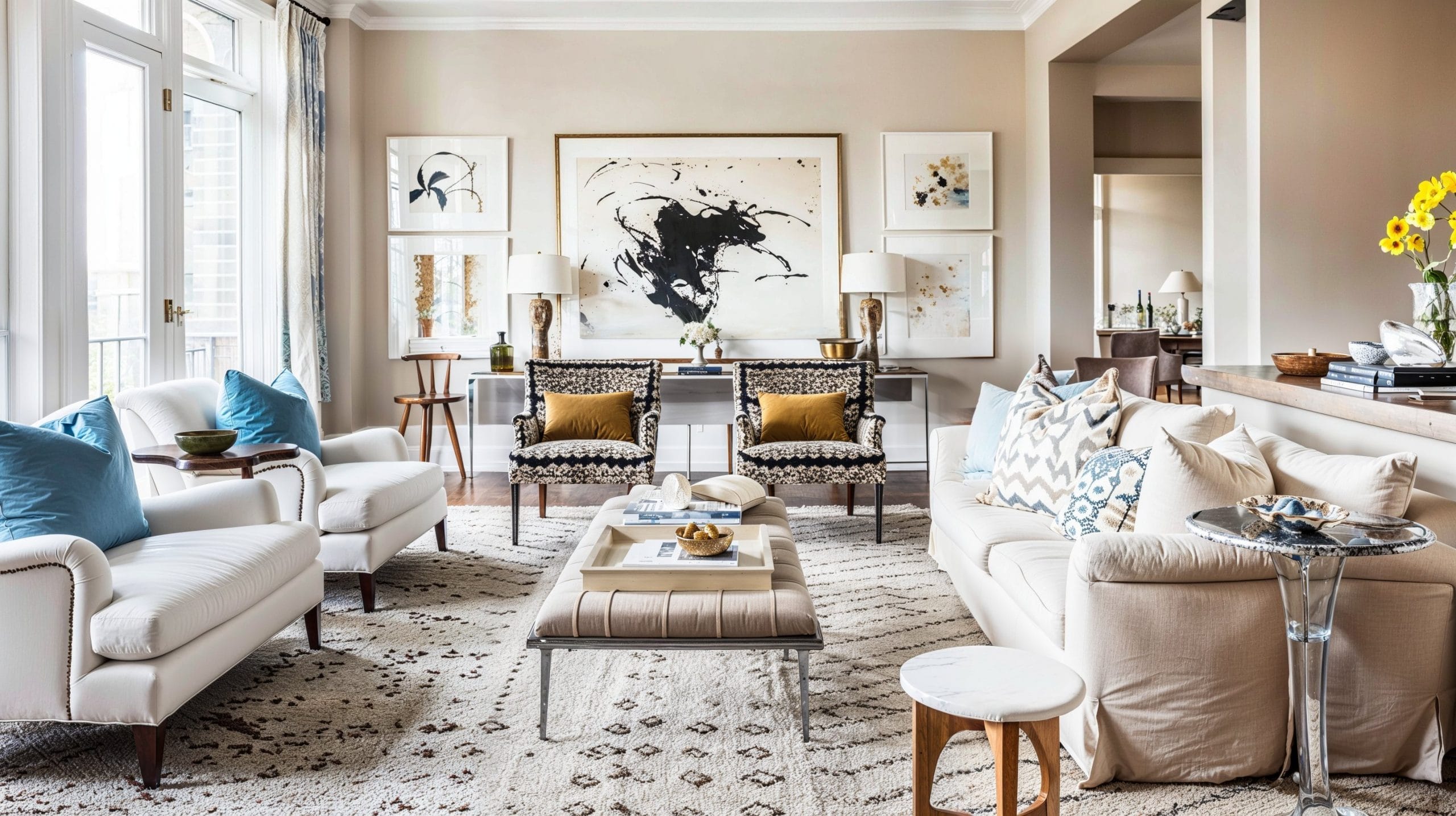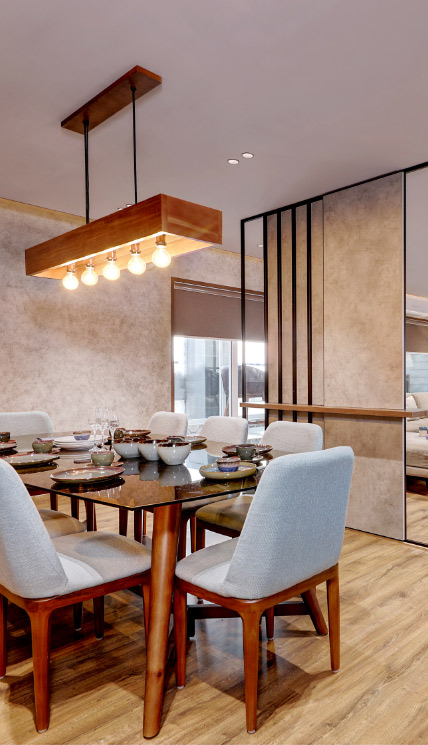Transform Your Home With Vital Principles of Interior Decoration and Looks
The art of changing your home via the important concepts of interior decoration and looks needs a thoughtful approach that balances color, equilibrium, and spatial awareness. By understanding the effect of shade theory and the importance of texture and patterns, one can develop rooms that are not just visually appealing however likewise deeply individual. Achieving this balance entails more than plain decoration; it incorporates a tactical setup and an eager understanding of how each component interacts within a room. As we discover these foundational concepts, consider exactly how they could redefine your understanding of home and individual expression.
Comprehending Shade Theory
Recognizing the principles of color theory enables designers to develop rooms that reverberate emotionally with passengers while fulfilling functional requirements. Each classification plays an important role in developing consistency within a room.
The emotional impact of shades is extensive; cozy colors such as reds and oranges stimulate power and warmth, while awesome tones like blues and environment-friendlies promote calmness and peace. The use of corresponding shades improves aesthetic rate of interest, producing striking contrasts that can elevate a room's charm.
Neutral shades, on the other hand, function as a functional backdrop, allowing various other style components to beam. It is important to consider aspects such as lighting and the room's function when picking a color palette, as these can alter the perception of colors throughout the day.
Eventually, a well-considered color design can change a room, promoting a sense of comfort and style that lines up with the occupants' choices. Proficiency of color concept is, for that reason, an important ability for any type of indoor designer intending to produce harmonious and welcoming environments.
Attaining Equilibrium in Layout
Exactly how can designers achieve a sense of stability in their areas? Accomplishing balance in layout is basic to creating harmonious insides. Developers can utilize three primary sorts of equilibrium: in proportion, asymmetrical, and radial. Symmetrical equilibrium entails arranging components evenly around a central point, fostering a sense of order and harmony. This type frequently features sets of furniture or art work, boosting aesthetic security.
Unbalanced balance, on the various other hand, counts on varying components that still achieve a natural appearance. This approach enables even more dynamic and casual setups, providing interest while maintaining equilibrium. By thoroughly choosing varying sizes, shades, and structures, developers can create an aesthetically compelling room that feels balanced yet energetic.
Radial equilibrium stresses a central prime focus with aspects radiating outward. This design is frequently seen in round designs, where furniture and decor develop a natural surround that draws the eye inward.
Ultimately, achieving equilibrium requires thoughtful factor to consider of scale, proportion, and the partnerships in between elements. interior design firms. By skillfully using these balance concepts, developers can change rooms into atmospheres that feel both cosmetically pleasing and functionally harmonious, enhancing the general experience for passengers
Value of Spatial Awareness

An eager feeling of spatial awareness permits designers to identify centerpieces within a space, guiding the audience's interest to key functions while preserving an overall feeling of unity. It also assists in the critical placement of illumination, which can substantially affect the understanding of space and mood. Recognizing spatial partnerships makes it possible for the designer to cater to the certain demands of citizens, guaranteeing that each area serves its intended function without jeopardizing appearances.
Eventually, spatial understanding is critical for making the most of the possibility of any type of interior space. By carefully taking into consideration the interaction between dimensions, format, and function, developers can create atmospheres that not just fulfill sensible needs but additionally stimulate a sense of comfort and appeal, improving the total living experience.
Incorporating Appearance and Patterns
Welcoming a diverse variety of textures and patterns can considerably improve the aesthetic and responsive appeal of an indoor area. The tactical her comment is here usage of various materials-- such as timber, metal, material, and rock-- produces deepness and rate of interest, making a room really feel a lot more welcoming and vibrant. Integrating smooth surfaces with harsh appearances can establish a balance that draws the eye and engages the senses.
When including patterns, consider both range and repetition. Large patterns can act as focal points, while smaller sized, subtle layouts can complement other elements without overwhelming the area. Layering patterns, such as pairing flower pillows with striped tosses, includes intricacy and a feeling of consistency if performed attentively.
It is additionally vital to preserve a cohesive color combination, making certain that structures and patterns interact as opposed to compete for focus. By picking a few essential textures and patterns, you can develop a linked aesthetic that mirrors your individual design while boosting the overall atmosphere of the area. Inevitably, the careful consolidation of these components can transform an ordinary room into an click now innovative environment abundant with personality and heat.
Customizing Your Room
Creating a space that shows your individuality is important to accomplishing a really welcoming setting. Customization in interior decoration permits you to instill your one-of-a-kind style and rate of interests right into your home, changing it from a simple shelter into a sanctuary that talks to who you are. Begin by picking a shade palette that reverberates with your emotions-- strong shades can stimulate, while soft tones use serenity.
Include art work and style that reflect your interests, Get More Information whether it be travel, nature, or abstract principles. Displaying individual collections, such as publications, photographs, or keepsakes, can evoke cherished memories and create focal factors within a room. Furthermore, think about personalizing useful pieces, like upholstered furniture, to line up with your aesthetic choices.

Final Thought
Finally, the makeover of a home via the necessary concepts of interior decoration and aesthetics demands a comprehensive understanding of color concept, equilibrium, spatial recognition, structure, and personalization. Each component contributes significantly to producing a harmonious and practical living environment - miami luxury interior design. By thoughtfully incorporating these principles, individuals can boost the aesthetic appeal and emotional resonance of their spaces, ultimately fostering a home that mirrors distinct identifications while offering convenience and usefulness